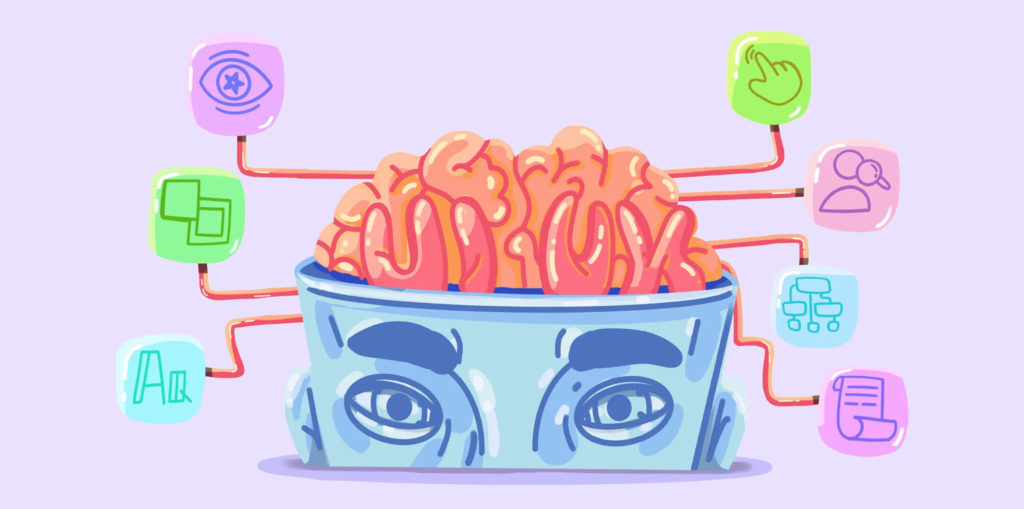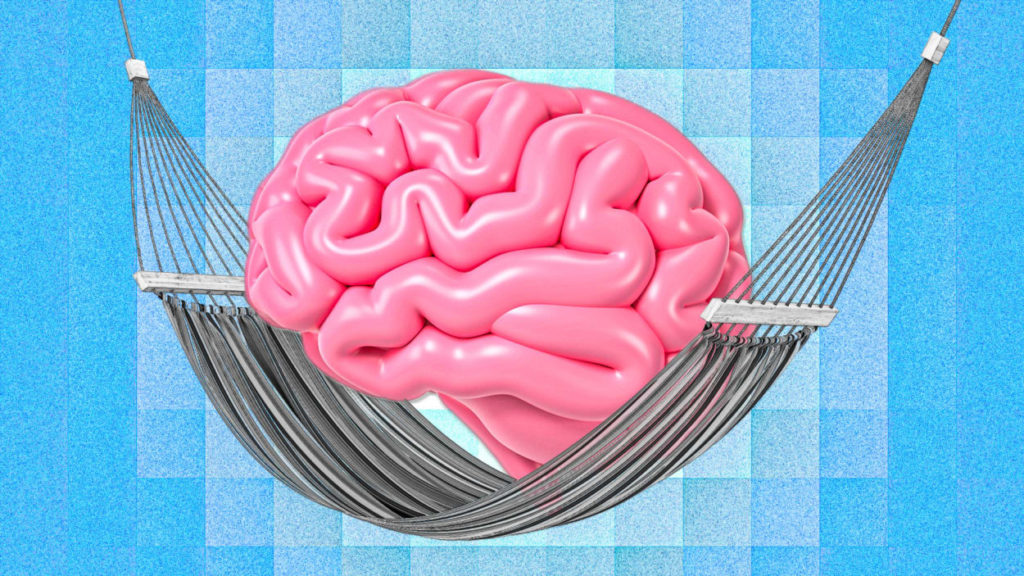The debate over which additional skills designers should acquire—such as coding, writing, or understanding business—is ongoing, with differing opinions on their necessity. However, one crucial skill every designer should possess is a solid understanding of psychology.
Because only psychology provides insights into how humans perceive and interact with their surroundings, essentially offering a blueprint for our behavior. By incorporating psychological principles into design, we can create products and experiences that are more intuitive and tailored to human needs. Rather than imposing designs on users, we can design with an understanding of how people naturally think and behave.

Before we became consumers, we were humans. And still, consumers are what they initially were – in the first place; consumers are humans, and people who consume or use products still employ deep-seated evolutionary and culturally shaped programs to assess, access, and apply products.
Although this might sound self-evident, 21st-century design practice still treats psychology as an exciting add-on but not as the basis of consumers’ needs and requirements. Here, you will find a psychological basis with practical implications for designing products that fulfill these needs and requirements to create efficiently and safely used, accepted, and even loved products.
Every time users interact with your product, they:
- 🙈 Filter the information
- 🔮 Seek the meaning of it
- ⏰ Act within a given time
- 💾 Store bits of the interaction in their memories
So, to improve your user experience, you need to understand the biases & heuristics affecting those four decision-cycle steps.
We are often presented with situations when we need to make decisions using imperfect information, and we unknowingly rely on prejudices or biases. David Dylan Thomas, in “Design for Cognitive Bias” sheds light on these irrational tendencies that shape our daily choices and ultimately impact the experiences we create.
For example, we might:
- Trust someone more if they’re an authority figure than if they’re not
- Assume someone’s gender based on their profession
- Make poor decisions based on the information that we’re given
The reasons for our poor decision-making can result from heuristics and biases. Heuristics and biases generally describe decision-making strategies and how we weigh certain types of information.
A bias is a tendency, inclination, or prejudice toward or against something or someone. Some biases are positive and helpful—like choosing only to eat foods that are considered healthy or staying away from someone who has knowingly caused harm. However, biases are often based on stereotypes rather than actual knowledge of an individual or circumstance, whether positive or negative; such cognitive shortcuts can result in prejudgments that lead to rash decisions or discriminatory practices.
A heuristic is a mental shortcut that allows an individual to make a decision, pass judgment, or solve a problem quickly and with minimal mental effort. While heuristics can reduce the burden of decision-making and free up limited cognitive resources, they can also be costly when they lead individuals to miss critical information or act on unjust biases.
The literature on cognitive biases and heuristics is extensive, but this directory contains user-friendly summaries with sources. Central to this section is how cognitive heuristics and biases influence our decision-making, and you will also learn more about how to overcome them.
In 4 categories and over 100 sections, we will explore:
- How our minds work, and the biases that affect us.
- How can we use that knowledge to design better, more mindful things?
- The reasons behind our brain’s shortcuts and their significance in our professional tasks.
- The pervasive influence of bias on user behavior, stakeholder decisions, and team interactions.
- Methods to recognize our own biases and leverage them for positive outcomes.
- How to create more compassionate and thoughtful products and experiences.

There are four problems we must face:
Information →
There’s too much information to process, and users have limited attention to give, so they filter lots of information they receive, even when it could be important.
Meaning →
Lack of meaning is confusing, and users cannot understand how things fit together, so they create stories to make sense of everything.
Time →
Users never have enough time, resources, or attention to get everything that needs to be done, so they jump to conclusions with what they have and move ahead.
Memory →
Users try to remember what’s most important, but their brain prefers some elements.
